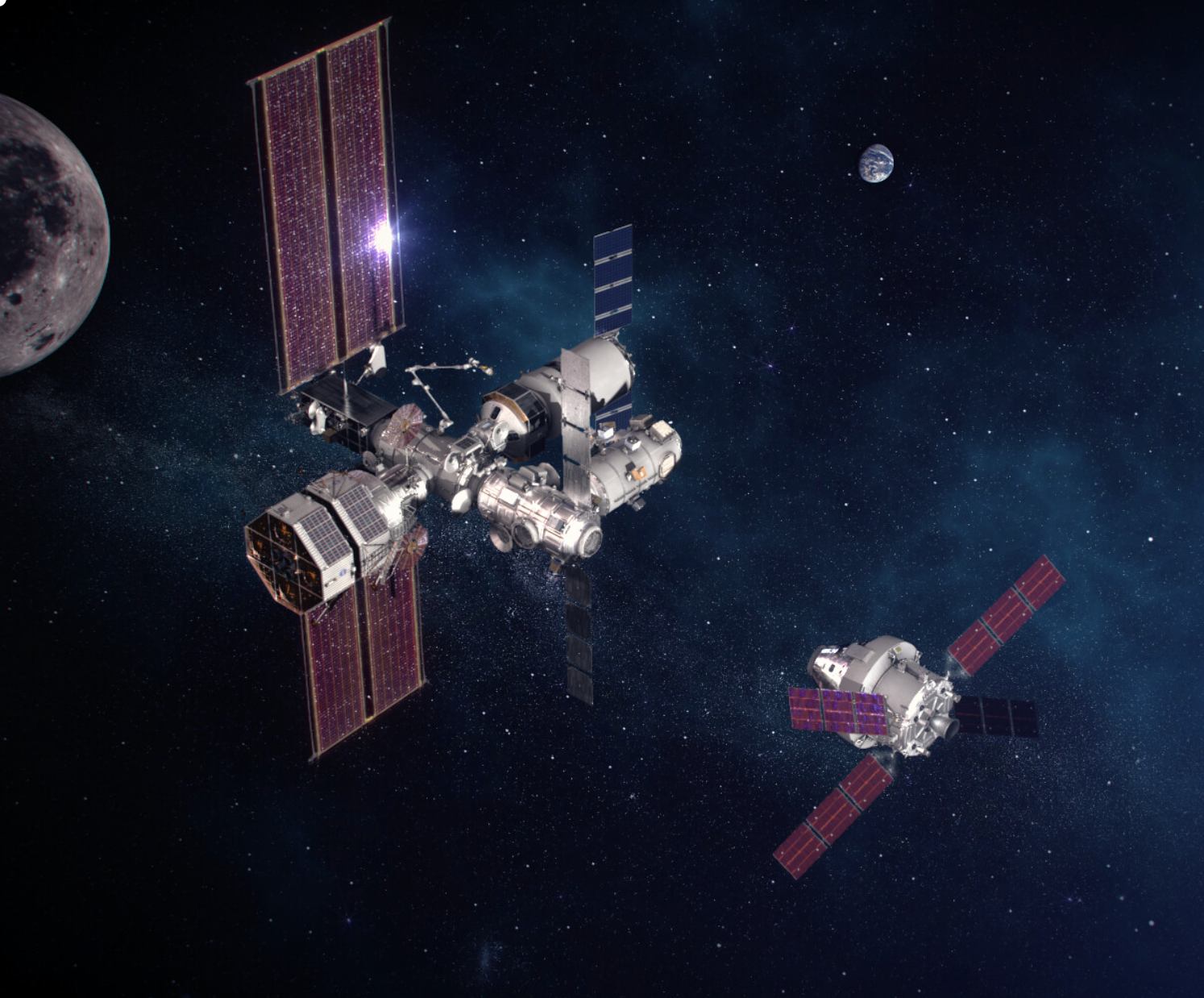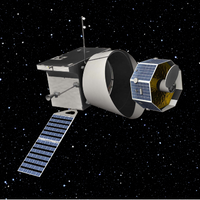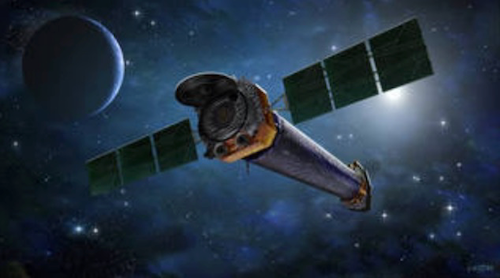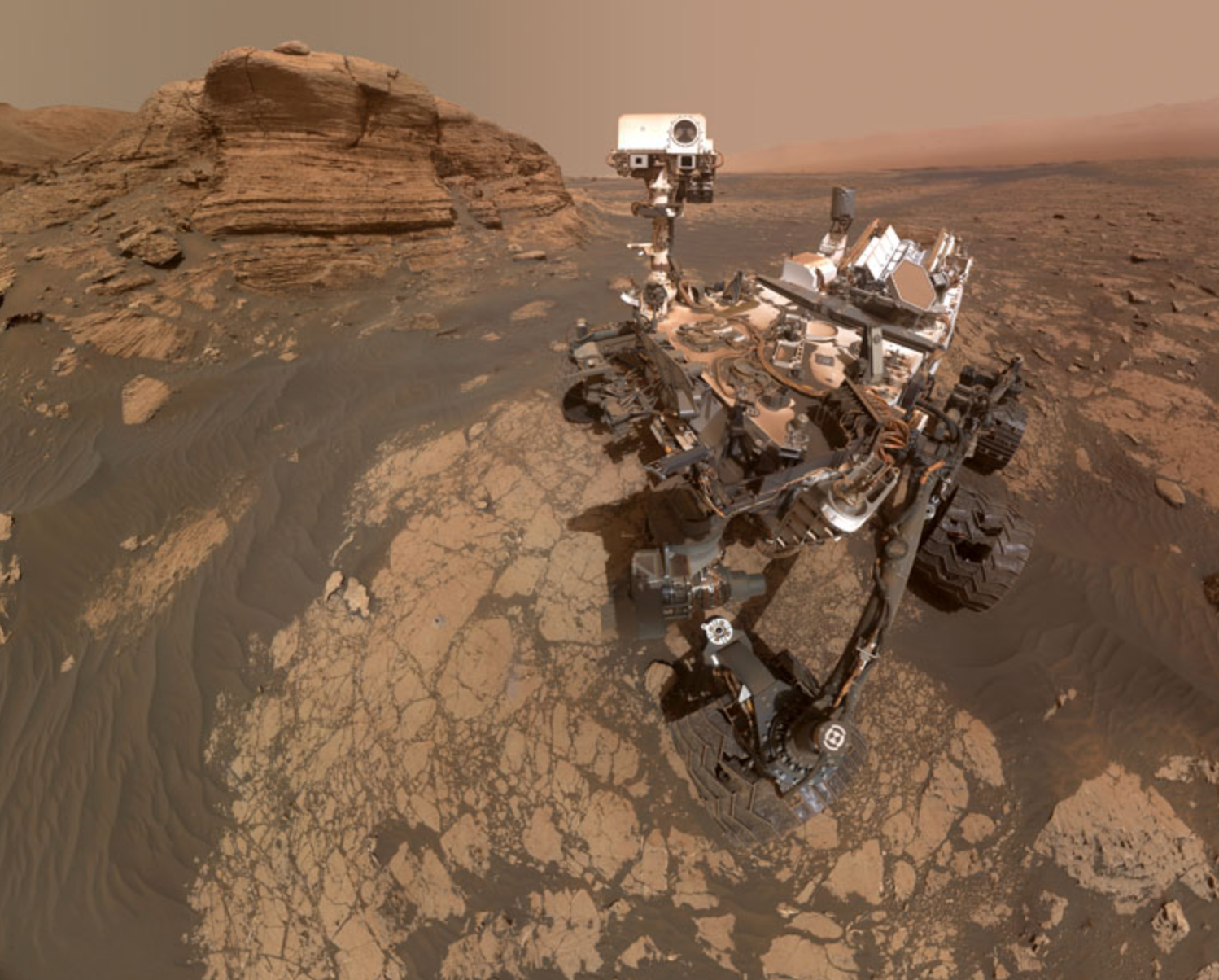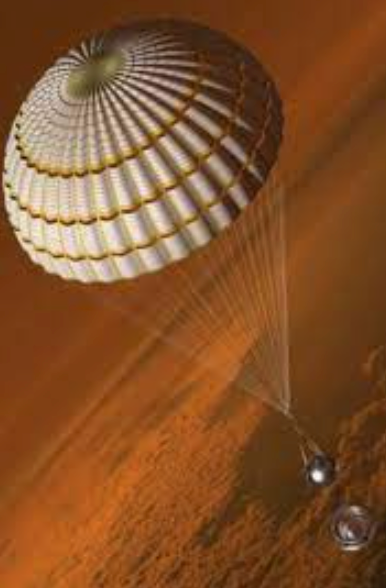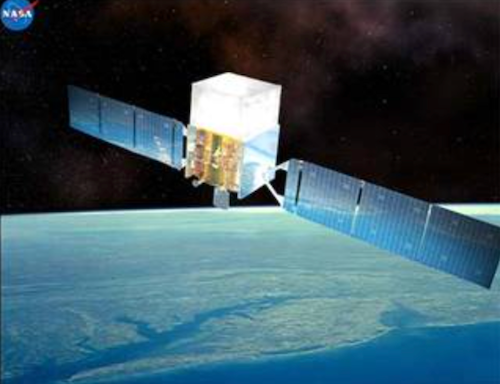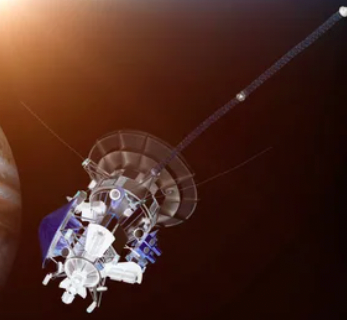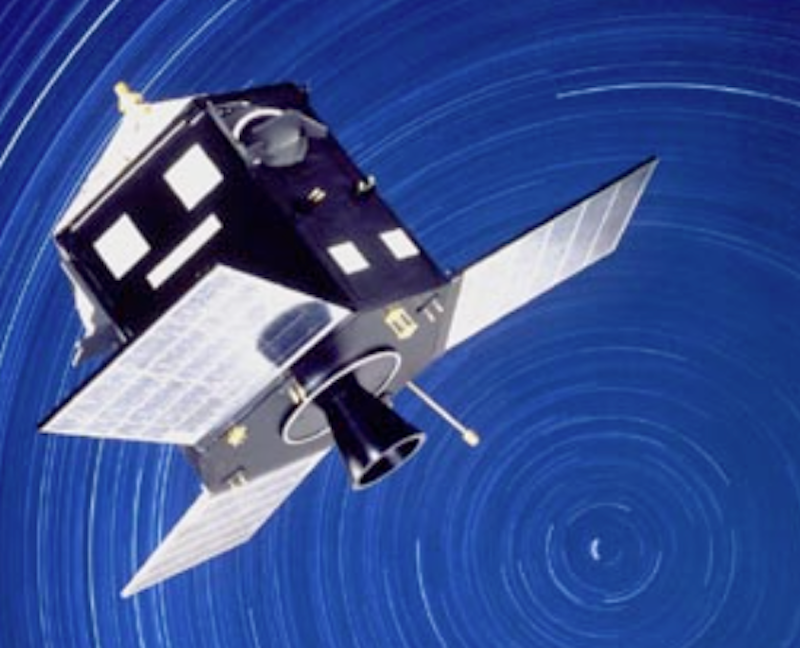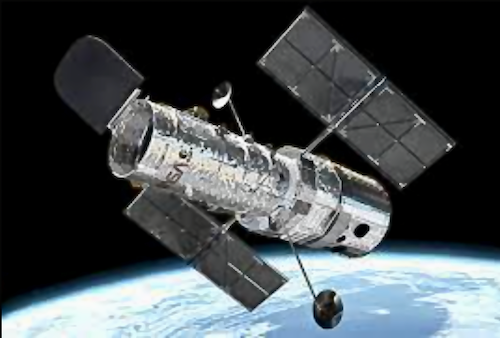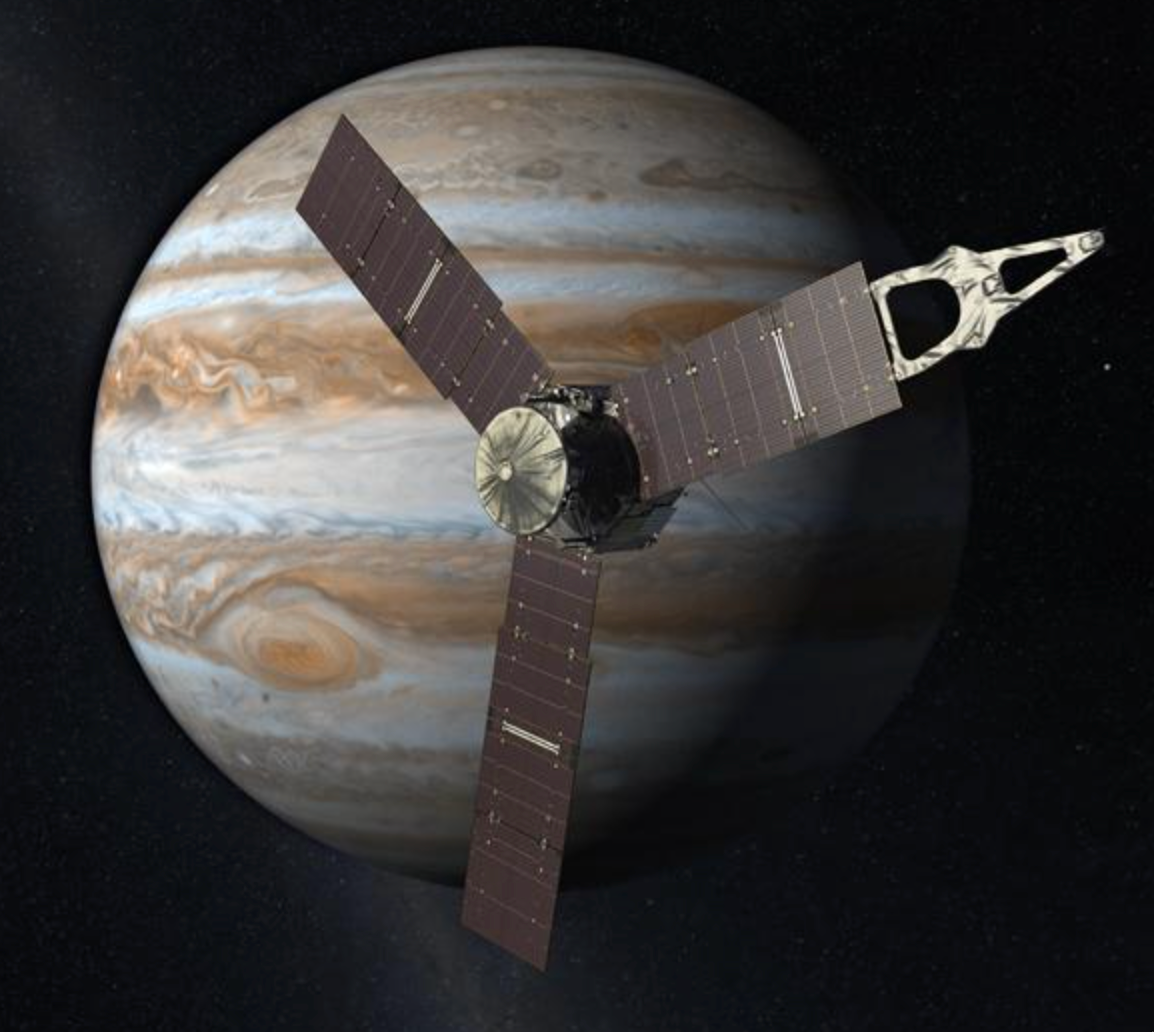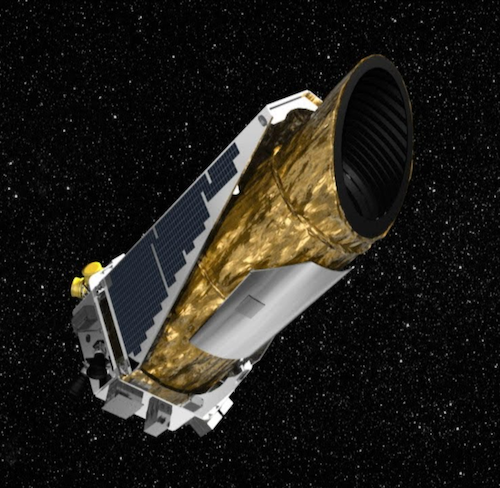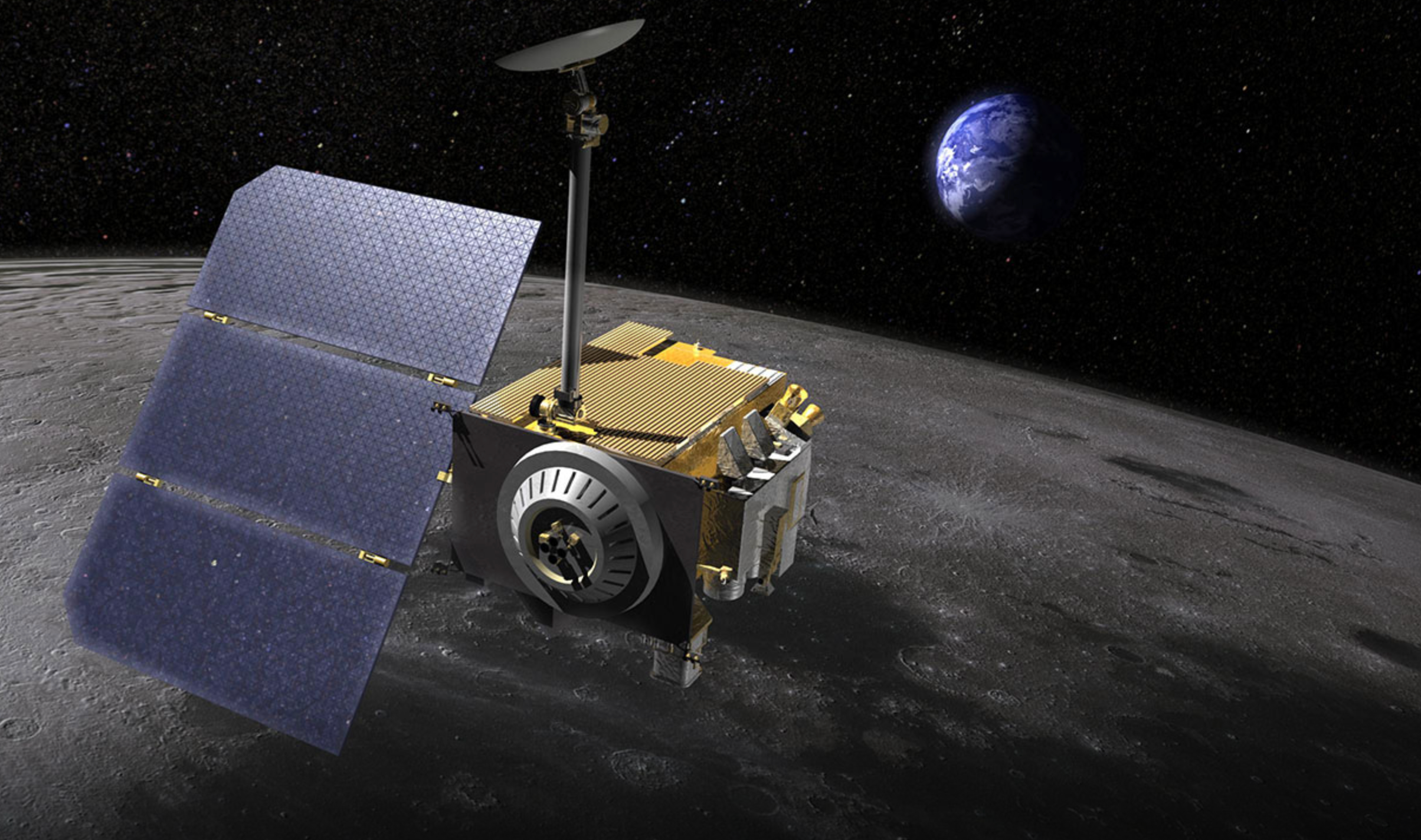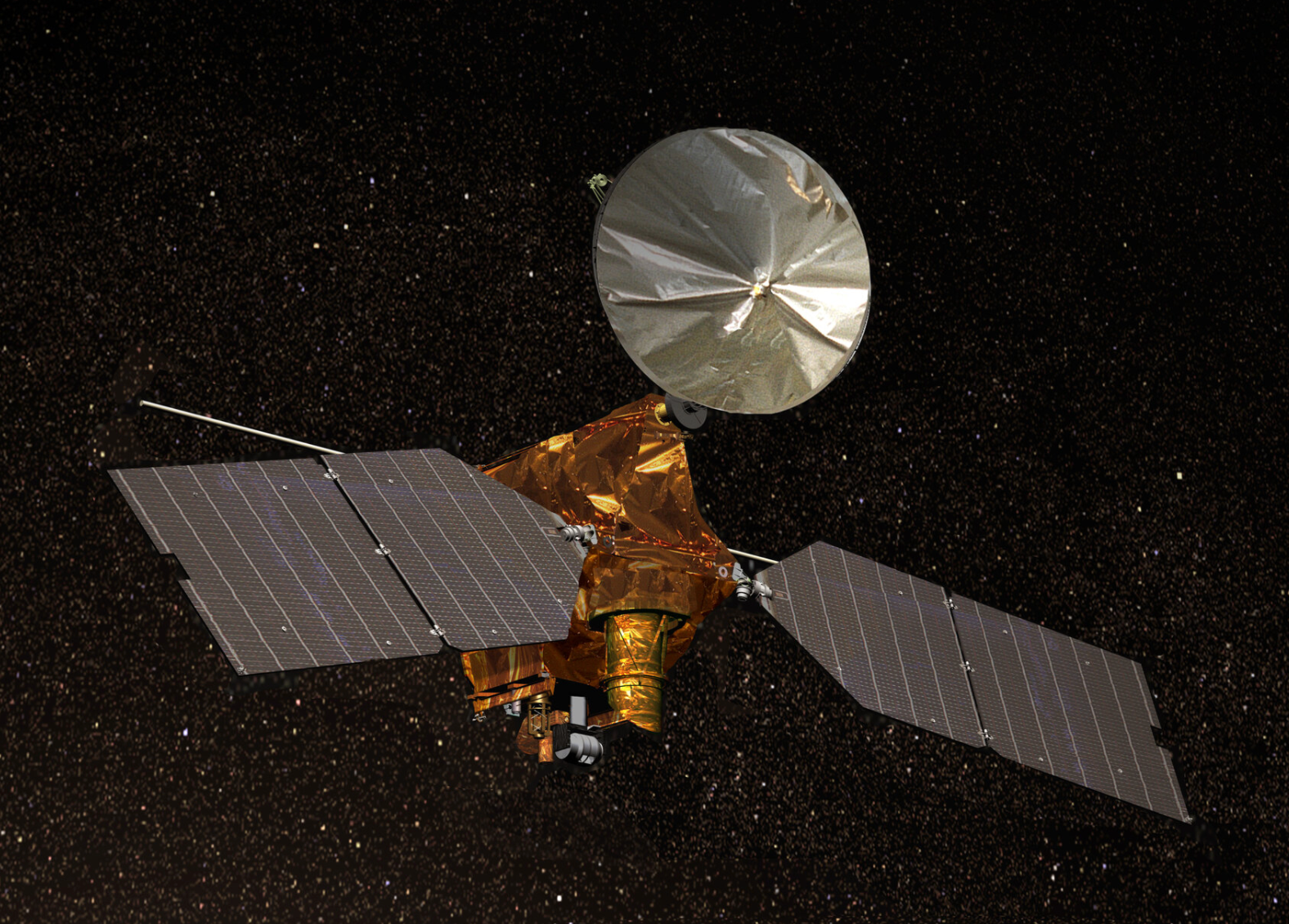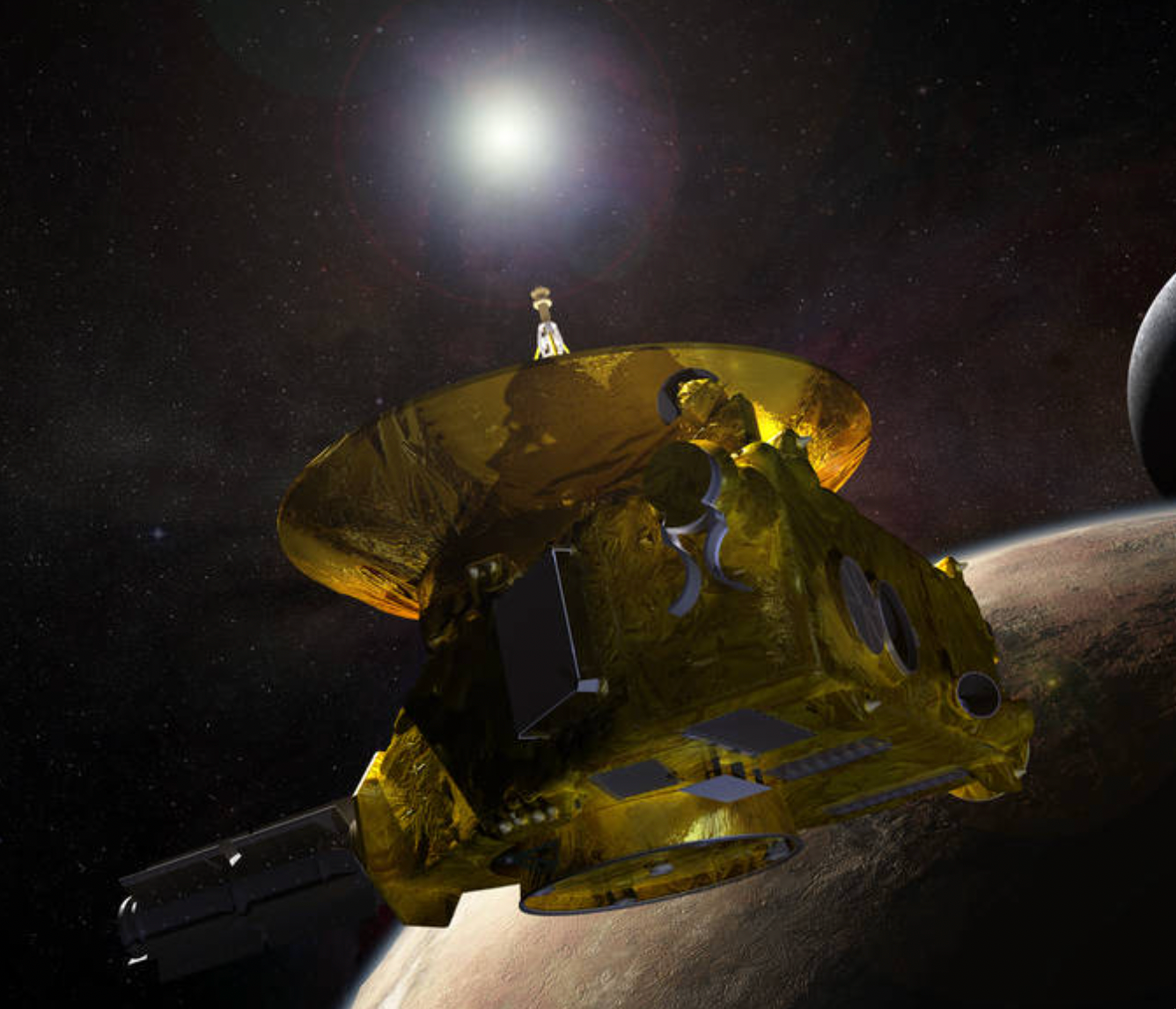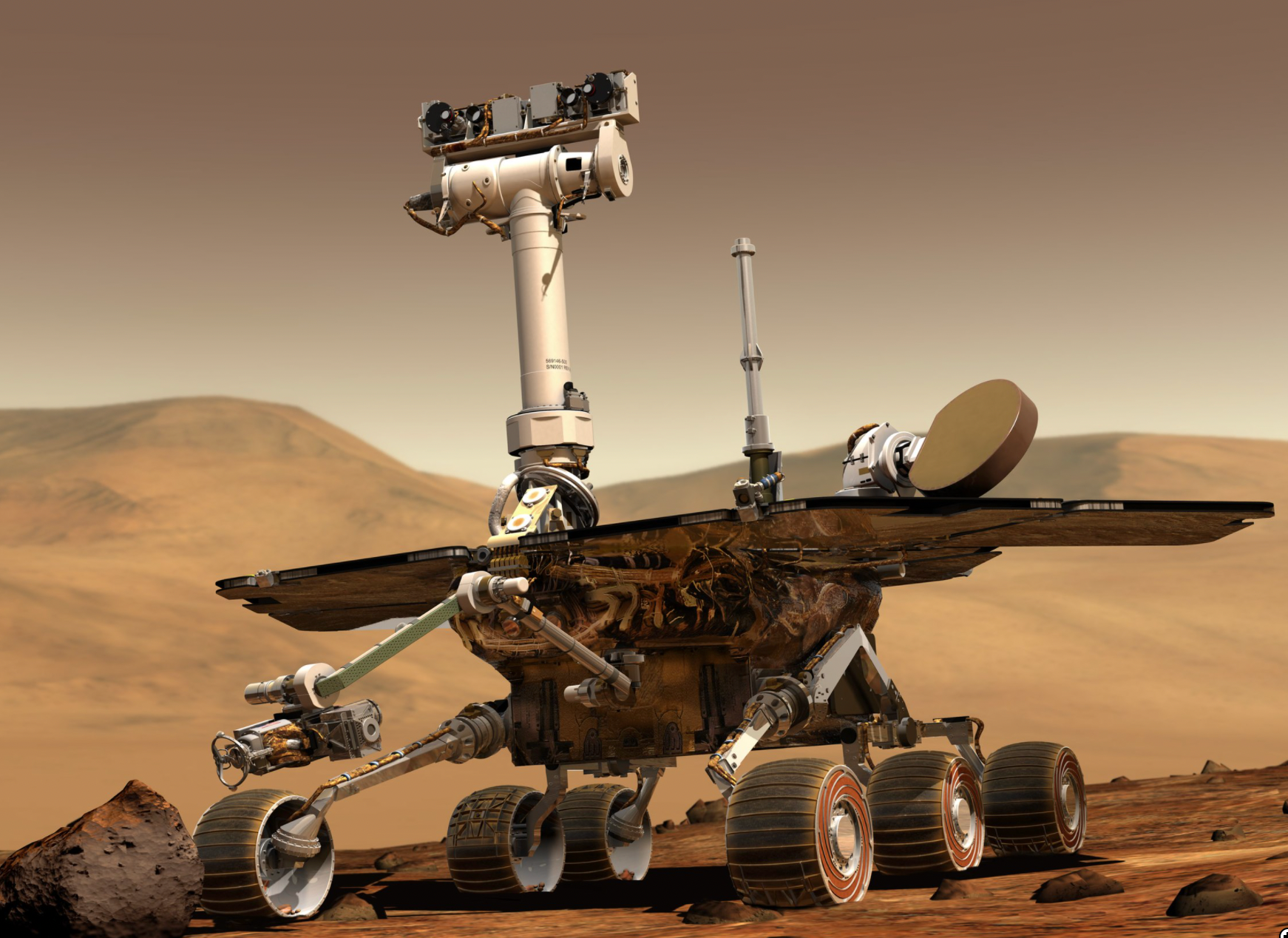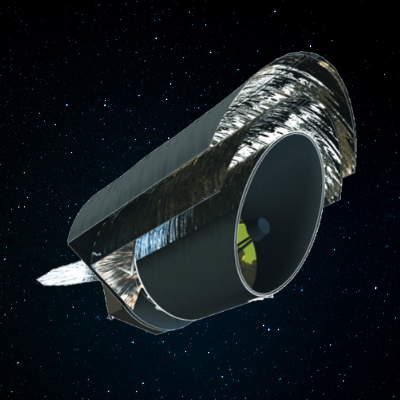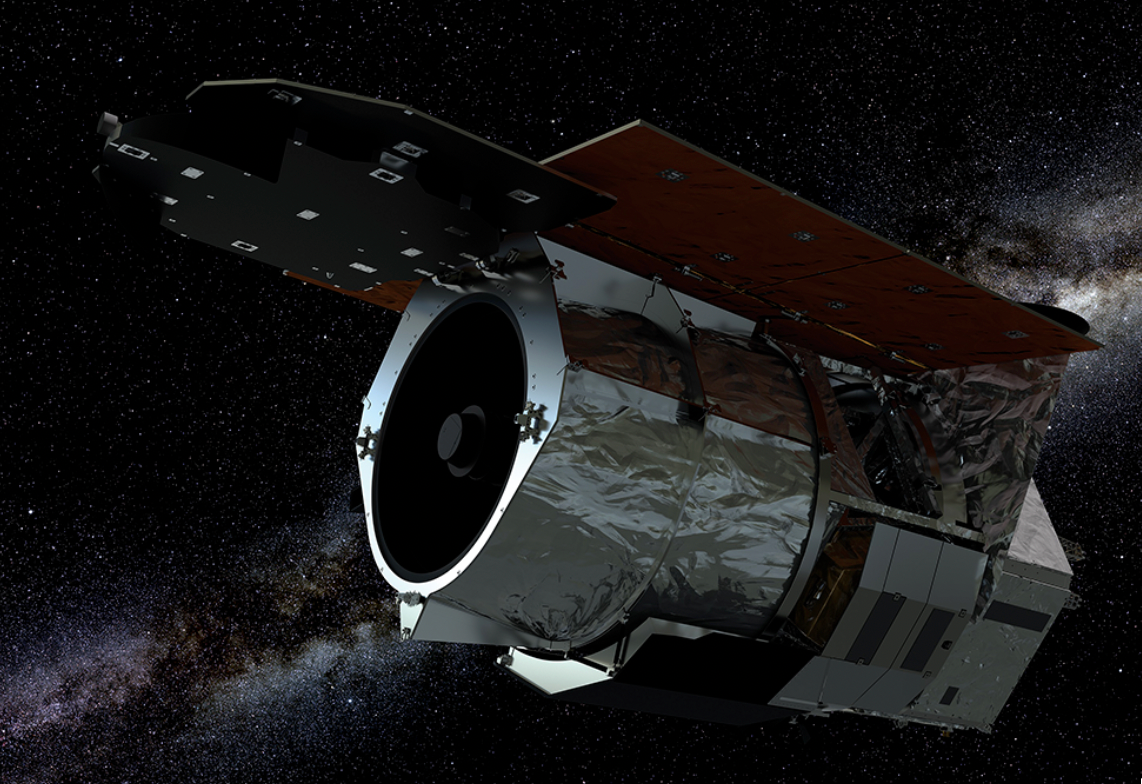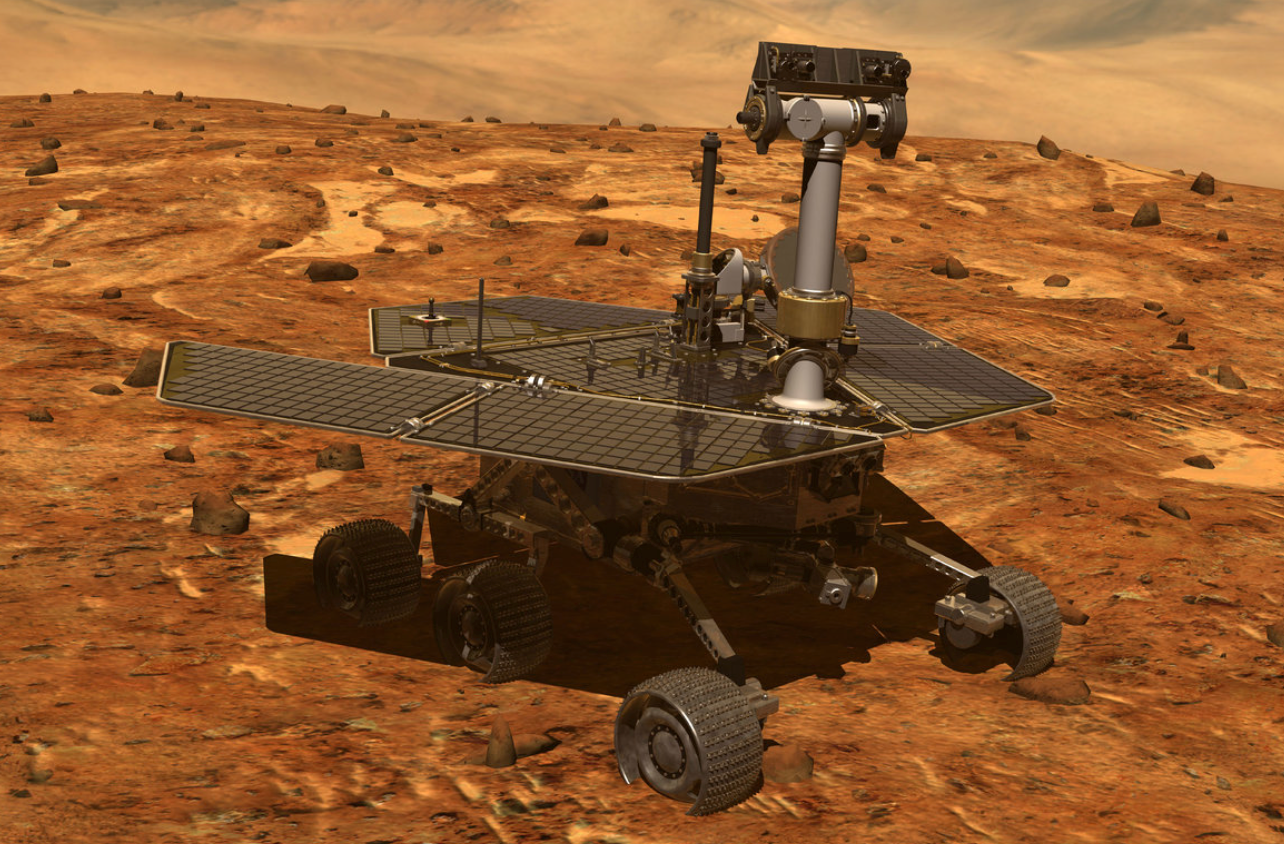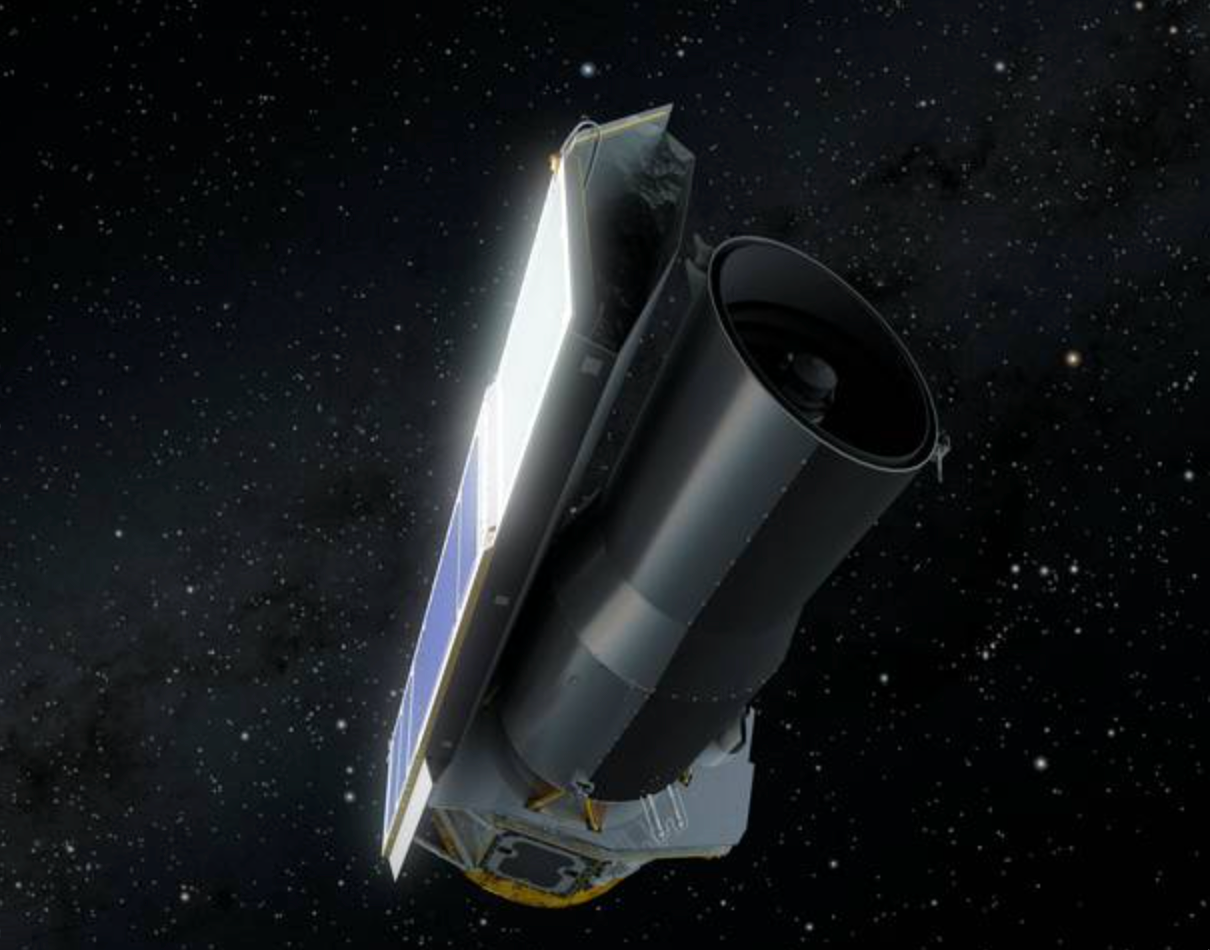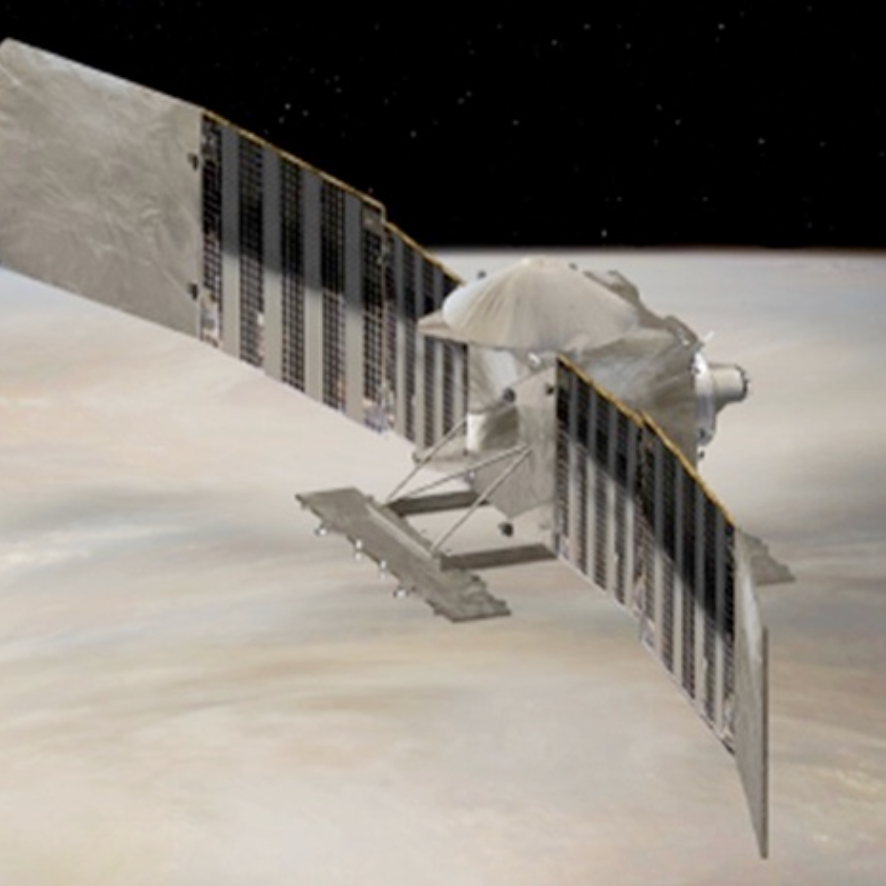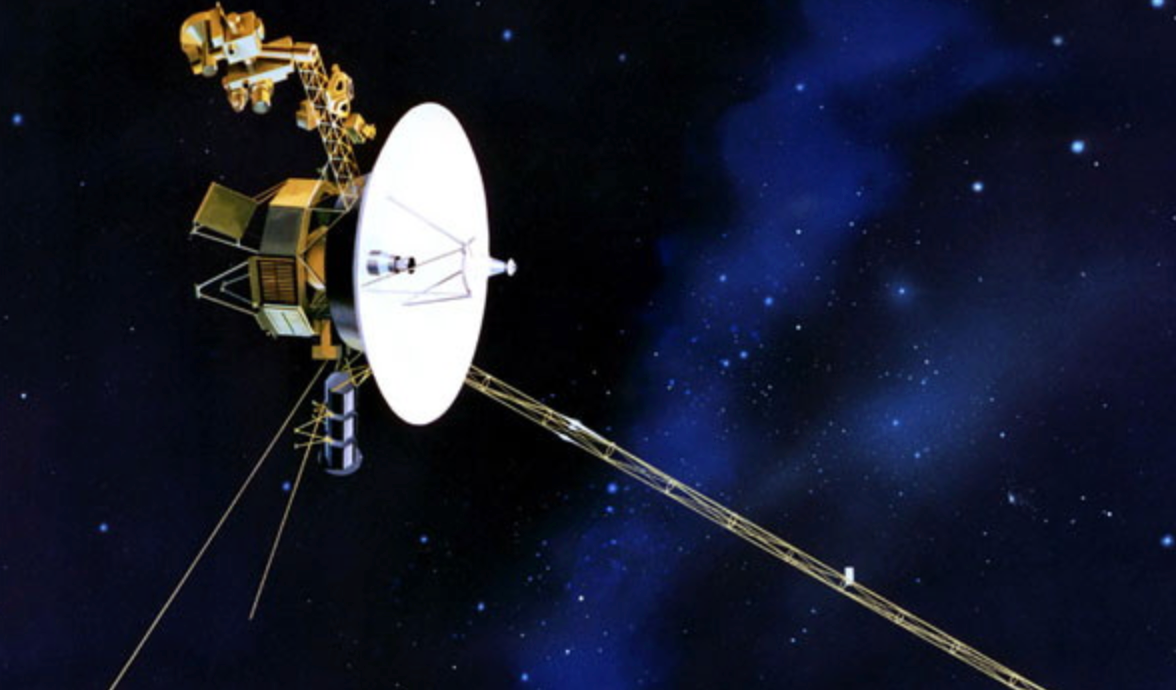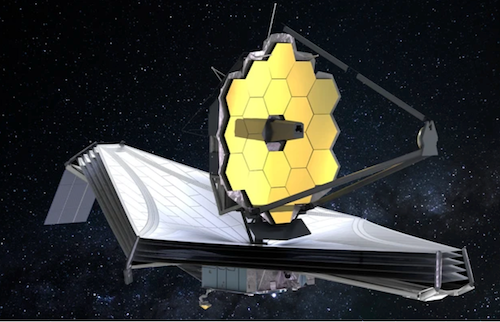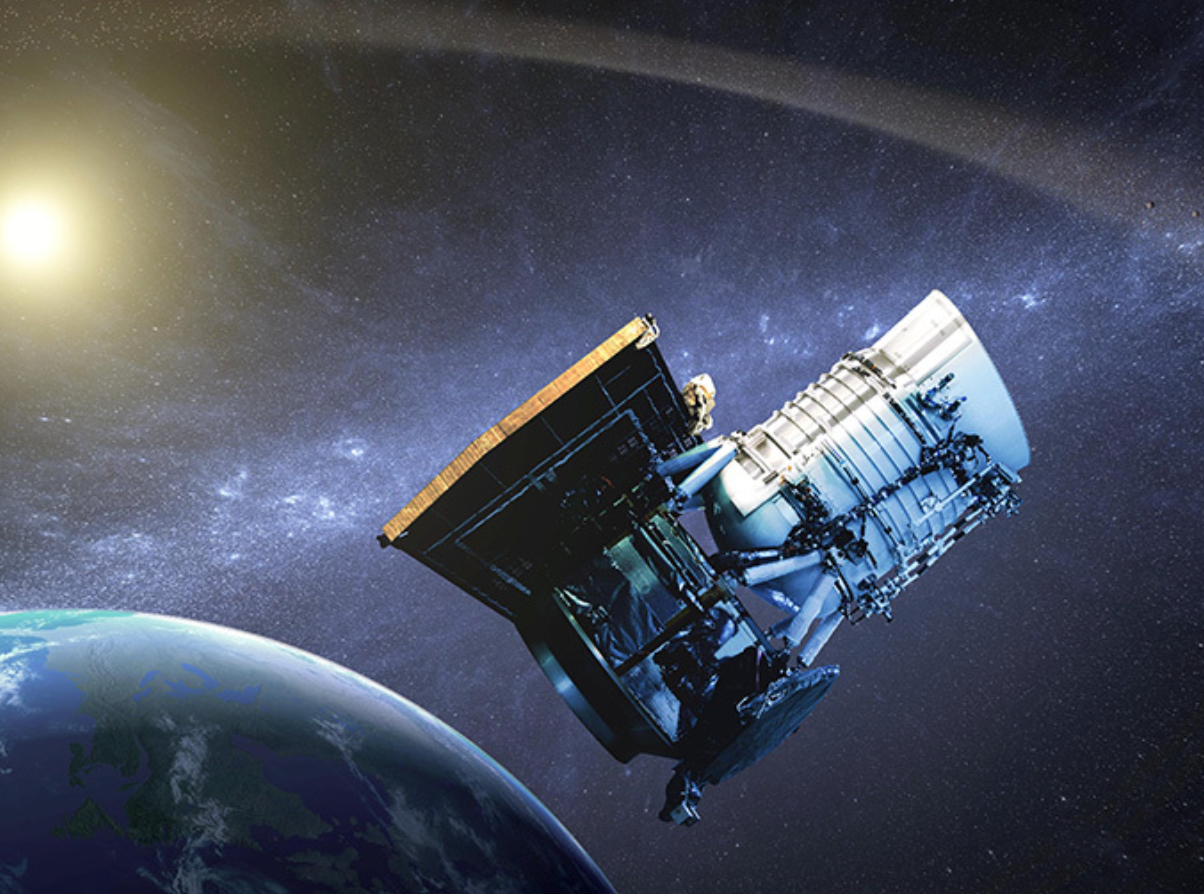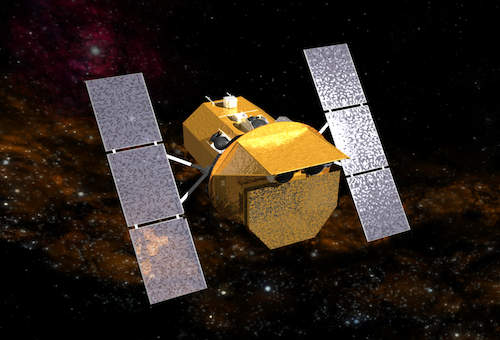
Swift
Liftoff
November 20, 2004
Still Exploring
Mission Info
NASA’s Swift missions objectives are to determine the origin of Gamma Ray Bursts (GRB) the universe’s most powerful explosions. Gamma-ray bursts are fleeting events, lasting only a few milliseconds to a few minutes, never to appear in the same spot again. They occur from our vantage point about once a day. The afterglow phenomenon follows the initial gamma-ray flash in most bursts. Within 20 to 75 seconds of a detected GRB, Swift alerts scientists to it’s location so they are able to follow up using other ground- and space-based telescopes. Swift will then rotate autonomously so the onboard X-ray and optical telescopes can view the burst. The afterglows are monitored over the hours, days and even weeks through their durations . Swift’s ability to rapidly repoint and its sensitive X-ray and ultraviolet imaging have led it to observe a wide variety of sources. The spacecraft now receives an average of five “target-of-opportunity” requests from the community each day to respond to objects ranging from comets to distant black holes
Key Facts
Delta 7320
Kennedy Space Center, Cape Canaveral, Fla
Discovered a pair of distant explosions that produced the highest-energy light yet seen from gamma-ray bursts, at least 10 times brighter than a typical supernova.
